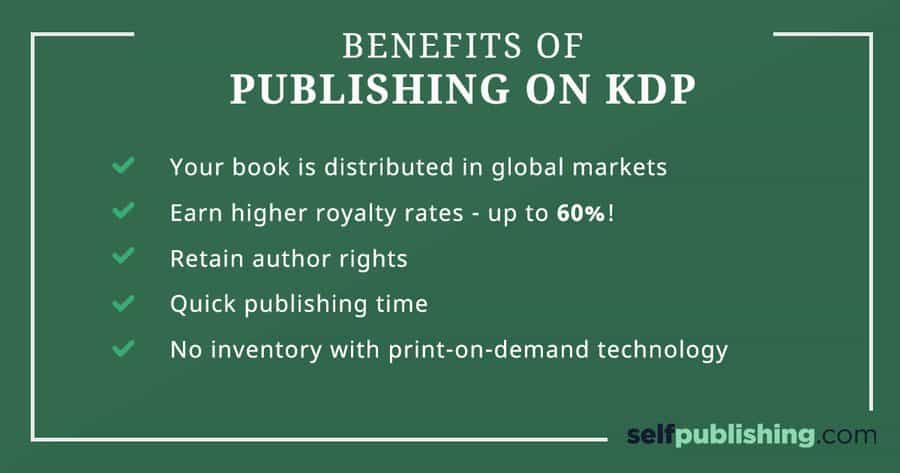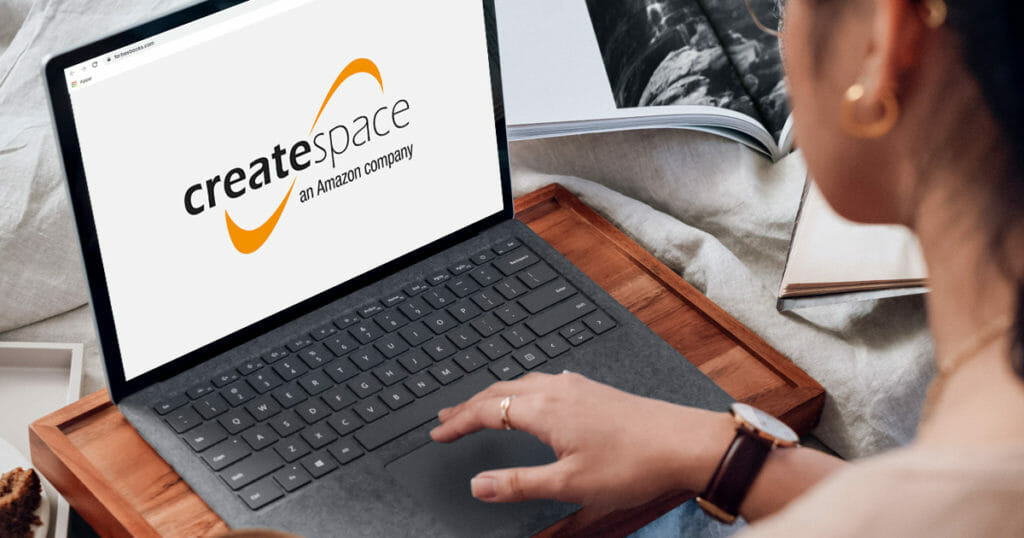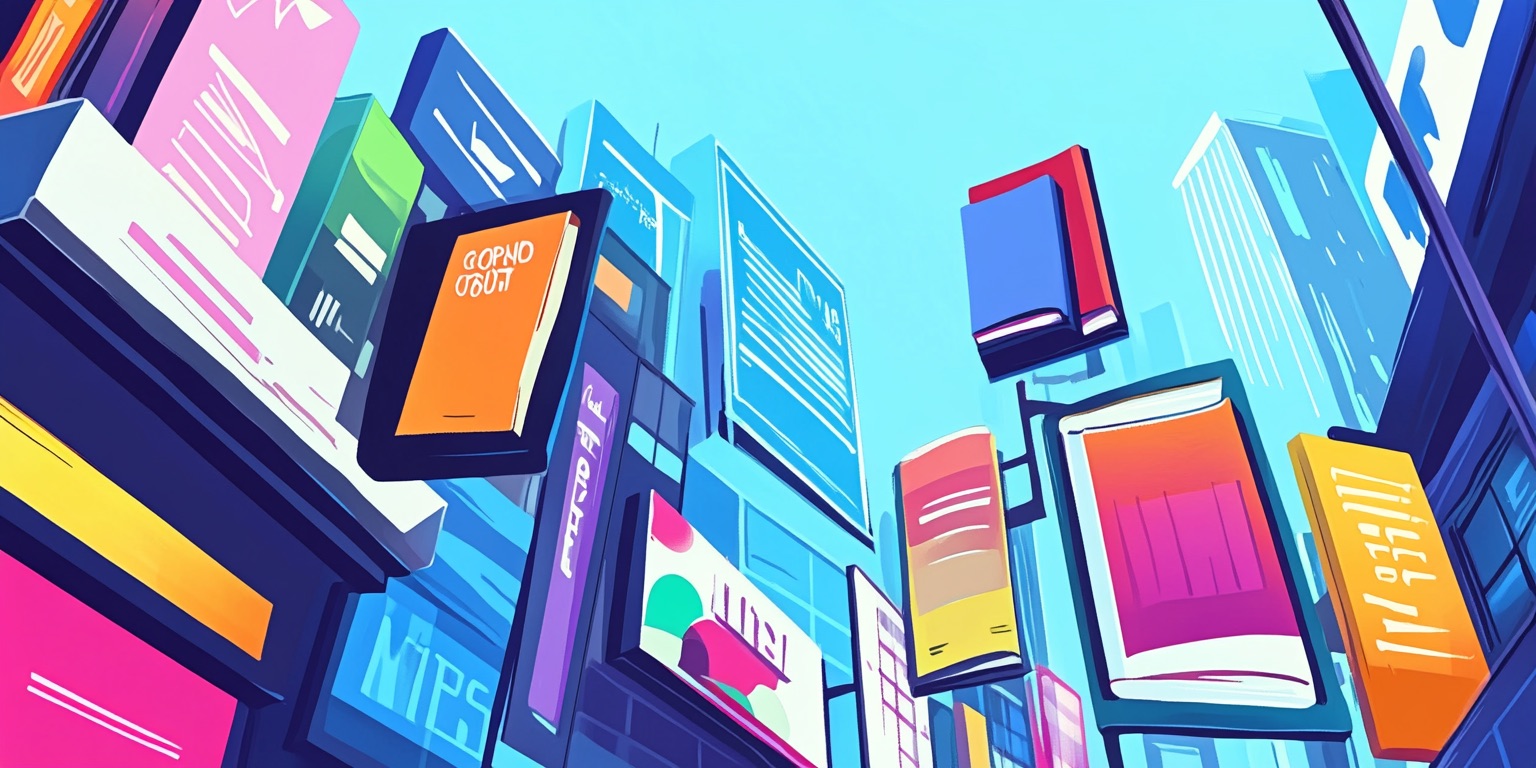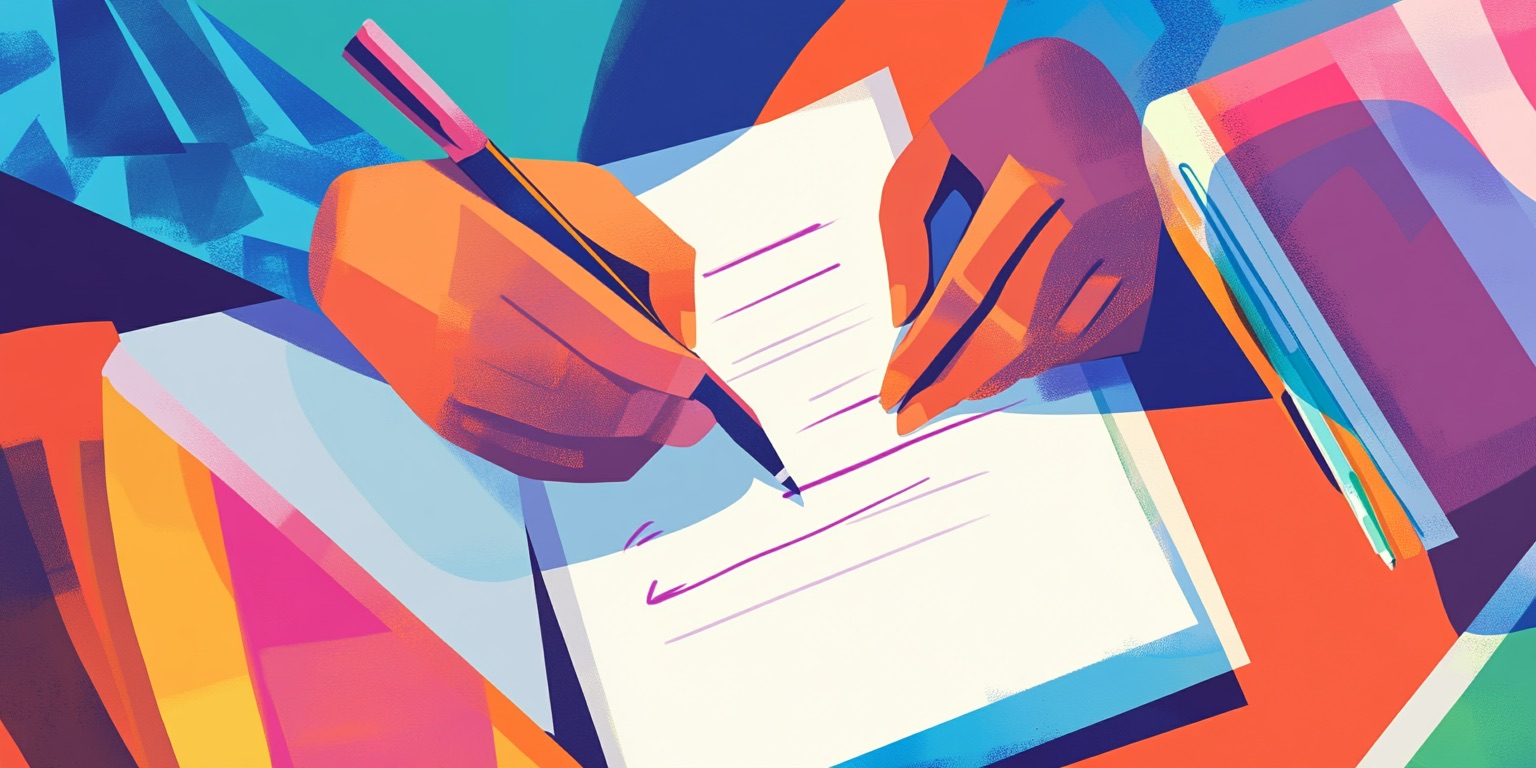Many of today’s aspiring writers choose the self-publishing path for several reasons – one of them being that this rapidly evolving industry offers an abundance of opportunities. Plus, the chances of getting your book picked up by a traditional publishing company are becoming slimmer.
If you’ve already done some research into self-publishing, you’ve probably heard of Amazon’s CreateSpace and Kindle Direct Publishing (KDP). These two platforms used to be the go-to options for most self-publishing authors.
In this post, we’re going to cover what happened to CreateSpace and what other options you have for self-publishing your book in 2025.
Here’s what we’ll be covering on Amazon CreateSpace today:
- What was Amazon CreateSpace?
- Why use Print on Demand? (POD)
- Amazon launching KDP Print
- CreateSpace is now Kindle Direct Publishing (KDP)
- CreateSpace and KDP — similar features
- What’s the difference between CreateSpace and KDP?
- CreateSpace alternatives in 2025
What was CreateSpace?
CreateSpace was a self-publishing platform using the Print on Demand-model (POD), i.e., printing and shipping books to fulfill customer orders. They produced high-quality paperbacks from files you uploaded yourself.
Does Amazon still have CreateSpace?
CreateSpace was a popular choice among self-publishing authors, mainly because of their reasonable prices, speed, and convenience. They offered a range of reasonably priced services, such as design, marketing, printed proofs, and extended distribution. In 2005, Amazon bought CreateSpace while developing its existing self-publishing service, Kindle Direct Publishing (KDP).
Why use Print on Demand?
POD books used to be considered an inferior product, with cheap covers and low-quality paper. That’s no longer the case. Today, traditional publishers also use POD technology for books they don’t intend to store. For the most part, POD books are equal in quality to those printed on a press.
Plus, the POD model means that you can save money by not printing hundreds or thousands of copies at once. It’s an excellent option for self-publishing authors, especially if you’re on a limited budget. Print-on-demand gives you more freedom to market and sell your book without worrying about shipping, storing, or checking stock levels.
Amazon launching KDP Print
For a few years, CreateSpace and KDP were two separate Amazon-owned businesses, with the first being a POD service and the latter a platform for publishing e-books. In 2016, Amazon launched its second POD service, KDP Print. One of the reasons behind the launch was to encourage authors more strongly to add a print version to their Kindle book.
However, KDP Print’s launch left many authors confused about whether they should stay with CreateSpace or shift to the new platform. Since Amazon wouldn’t allow authors to go back once they’d made the switch, the decision had to be permanent. And rumors about the platform closing down or merging with KDP were already starting to arise.

Is CreateSpace still in business?
Two years later, in August 2018, Amazon confirmed the rumors and announced that CreateSpace and KDP were merging into one. Effectively, all services from the platform are now discontinued, and the books were shifted to KDP.
The merge inevitably brought about a few changes, but on the whole, there are more similarities than differences between the two platforms. KDP is an established and trustworthy service that’s been around for years. And with KDP Print, you have the benefit of being able to publish both paperbacks and e-books. Plus, you receive the combined royalties on one platform.
CreateSpace and KDP — similar features
Amazon made the transition as smooth as possible, keeping most of the features that made CreateSpace such a popular platform. Few of the affected authors seemed to encounter any significant hiccups when shifting their books.
After Amazon moved the books to KDP, you could track your sales on the new platform. You could also access the older report data in your KDP reports, minimizing the risk of losing anything.
The paperbacks are still printed in the same facilities as CreateSpace, except when they’re distributed to Europe. Other features that remain the same are:
- International Standard Book Number (ISBN). You still have the option to use your own ISBN, get a discounted Bowker ISBN, or a free one through KDP.
- Distribution and associated fees. KDP Print also offers distribution to Amazon only (with a 40% fee) and extended distribution to stores outside of Amazon (with a 60% fee). Note that there are new requirements around extended distribution, which you can read about below.
- Book cover and design tools. KDP Print uses the same Word templates and Cover Creator tool that CreateSpace offered. So the quality of the design remains the same.
What’s the difference between CreateSpace and KDP?
For the most part, authors have gladly moved over to KDP, despite inevitable changes and new features. KDP is an excellent all-in-one platform and a quick print-on-demand service. It can help you reach the paperback markets in the US, Europe, and even Japan with comprehensive distribution services. There are many areas where KDP is gaining ground on CreateSpace, such as:
- The integrated sales dashboard. Having a combined publishing and accounting platform for both Kindle and print versions is a big plus, giving you an improved user experience.
- Updates without losing the old version. With KDP, you can update your book while the old version is still available for purchase. This feature is a vast improvement, especially for those authors whose books are selling well.
- Expanded international distribution. Authors will now be able to distribute to Japan, which wasn’t possible with CreateSpace.
Along with these three changes, there are a few more differences between CreateSpace and KDP. We’ve put together a list that summarizes the most important ones you need to know.

Other changes between CreateSpace and KDP
- Royalty payment schedule. While CreateSpace paid royalties approximately 30 days after the end of the month where you earned them, the KDP payment comes out 60 days later. But the payment schedule is still monthly.
- Unsupported languages. Some languages supported by CreateSpace may be unsupported by KDP. CreateSpace books that are already published will continue to be available on Amazon, no matter what language. But you can’t publish or update new books in an unsupported language, and drafts that you move over may need to be translated. Note that Amazon continues to evaluate its features and services, including supported languages.
- Expanded distribution. On KDP, your book must be available on Amazon to enable expanded distribution, which wasn’t a requirement with CreateSpace.
- Author copies. KDP lets you order author copies by adding them straight to your Amazon cart, like a regular order. If you’re a Prime member or if your order is above Amazon’s minimum spend, this process can save you both time and money.
- Local printing for Europe distribution. CreateSpace only manufactured their books in the US. With KDP, local printing and shipping are available within Europe. Good for the environment and more convenient for customers.
- Printing costs. There are some minor differences in terms of printing costs. For example, certain low-page-count books printed in Europe (color books less than 30 pages and black-and-white books less than 110 pages) will have increased printing costs. However, this affects only a few titles.
- Amazon advertising. With KDP, you’re able to purchase Amazon advertising for both e-books and print books.
CreateSpace alternatives in 2025
As we mentioned before – the self-publishing industry is evolving vastly, and there are so many alternatives. While Amazon’s KDP is undoubtedly one of the giants, other options may suit you better. Here are some other examples of self-publishing companies offering print-on-demand services:
- IngramSpark is a respected self-publishing platform based in Nashville, backed by one of the world’s largest book distribution networks, Ingram Content Group. This makes it a top choice for authors who want wide bookstore and library distribution beyond Amazon.
IngramSpark offers high-quality print options, hardcover availability, and global e-book distribution. It’s especially popular among authors who want their books to appear more easily in brick-and-mortar stores or prefer Ingram’s professional printing standards. While IngramSpark charges setup fees for some services, many authors consider the expanded reach and print quality worth the investment. - Lulu has been serving authors for over a decade and remains one of the most versatile print-on-demand providers. In addition to offering paperback and hardcover printing, Lulu provides global distribution and tools for publishing e-books.
A standout feature is its Shopify integration, which allows authors to sell books directly through their own online stores and is perfect for entrepreneurs, influencers, and brands. Lulu also offers photobooks, calendars, and other customizable print products, giving creators more flexibility than traditional POD platforms. - BookBaby is known for offering an all-in-one self-publishing experience, focusing heavily on customer service and ease of use. Their services include professional book printing, e-book conversion, editing, cover design, and even book marketing support.
While BookBaby operates more like a service provider than a pure POD company, many authors appreciate being able to handle everything within a single, guided system. Their high-quality printing and bundled publishing packages make them a strong choice for authors who want more hands-on assistance. - Izzard Ink is a hybrid publishing company founded in 2013, blending the flexibility of self-publishing with some of the professional support of traditional publishing. They offer services such as editing, design, distribution, and marketing, all managed by vetted industry professionals.
Unlike pure POD platforms, Izzard Ink provides more personalized, collaborative support throughout the publishing process. This makes them a good option for authors who want a curated, high-touch experience rather than a DIY platform. - Blurb is a print-on-demand service known for its exceptional print quality, especially for image-heavy projects. It’s a favorite among photographers, designers, cookbook authors, and creators producing coffee-table books or magazines.
Blurb’s design software, BookWright, allows authors to customize layouts with precision, ensuring images look crisp and professionally presented. While Blurb also supports standard paperback and hardcover books, its strength lies in visually rich formats that require premium printing.
This list is only the tip of the iceberg. If you want to read more about other alternatives, you can find our comprehensive guide on self-publishing services here, including comparisons and reviews.
We hope this post has given you some more insights into the world of self-publishing and cleared up any confusion around CreateSpace.























